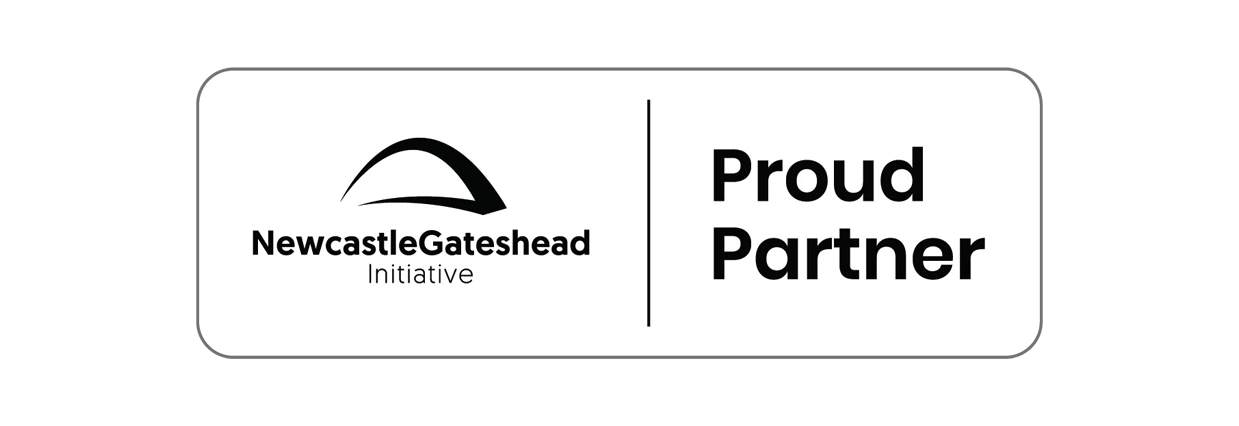Partner Article
Predictions on DR and DRaaS
By Walter Angerer, CEO, Quorum
You would be pretty worried if you didn’t have fire safety and evacuation plans in your office, so why would you not put the same risk assessment strategy in place for your data? 2015 will be an important year for businesses as they look to the cloud to fulfill their disaster recovery (DR) needs. Disaster recovery as a service (DraaS) or cloud-based DR strategies are now making data, server and application recovery plans far less complicated and highly efficient for businesses in 2015.
Greater Adoption of DRaaS
DRaaS offers a flexible platform that uniquely empowers businesses to resume operations seamlessly in the event of a disaster—rather than simply recovering data—and achieve incredible value even in the absence of a disaster or data interruption event. Moreover, advances in DRaaS have enabled an industry-first: the ability for businesses to decide the level of protection at a server level; mission-critical servers can be set to recover instantly while other servers with less critical data might be set to recover at a longer RTO, creating incredible cost efficiency. Because DRaaS is easy to deploy and manage when compared with traditional non-cloud disaster recovery solutions, we can expect to see a rapid increase in adoption, particularly in the mid-market.
Faster DR Planning and Testing
One of the hurdles to most business continuity plans is that regular testing, just like the office fire alarms, must occur to ensure that everyone is prepared should a disaster happen. Communications, data, server and application recovery are often the key focus to disaster recovery testing. The testing process enables companies to conduct planned maintenance and also train staff in disaster recovery procedures.
Traditionally tests have been complex and disruptive, and are far from popular. But a hybrid-cloud approach to DR has changed the testing landscape for the better, combining public cloud and SaaS automation software to make continuity planning easier than ever. Companies gain data backup, fail-over of servers and the ability to have a secondary data centre at a different site to allow for regional disaster recovery.
With DRaaS solutions, there is also computing capacity on standby to recover applications if there is a disaster. This can be easily tested without impacting the production servers or unsettling the daily business routine. A so called ‘sandbox’ copy is created in the cloud which is only accessible by the system administrator. These copies are created on demand, paid for while being used and deleted once the test is complete. This makes testing simple, cost effective and does not disrupt the business.
Hybrid-based DR is big business for the channel
As demand for next-generation cloud-based business continuity solutions accelerates, the channel is well-positioned to benefit from an explosion of lucrative opportunities. There are financial benefits to cloud-based testing. Service providers regularly offer sliding scales for DR testing. Putting a DR solution in the cloud also means there isn’t a redundant in-house infrastructure that is sitting unused most of the time. There is speculation that some traditional vendors are collaborating to provide a DRaaS solution by end of 2015.
The cloud gives small to medium-sized business the same capabilities that larger companies have had for years. This means that no company has an excuse today not to have a BC/DR plan in place and test it regularly. People learn by repetition, so just like fire drills we have to create practice DR drills, which are critical to a DR plan. If you don’t, your business could be flying too close to the sun.
This was posted in Bdaily's Members' News section by Quorum .
Enjoy the read? Get Bdaily delivered.
Sign up to receive our popular morning National email for free.








 Building a future that benefits everyone
Building a future that benefits everyone
 Late payments plan good news for building sector
Late payments plan good news for building sector
 Satisfying demand for industrial space
Satisfying demand for industrial space
 Procurement can boost mayor’s housing vision
Procurement can boost mayor’s housing vision
 Setting a new standard in tackling city crime
Setting a new standard in tackling city crime
 Why B Corp must be more than window-dressing
Why B Corp must be more than window-dressing
 Why collaboration is key to a stronger economy
Why collaboration is key to a stronger economy
 Crisis comms lessons from the Astronomer Scandal
Crisis comms lessons from the Astronomer Scandal
 The real cost of tendering for construction SMEs
The real cost of tendering for construction SMEs
 A welcome step forward – but let’s keep pushing
A welcome step forward – but let’s keep pushing
 Industrial strategy 'can drive business forward'
Industrial strategy 'can drive business forward'
 Industrial strategy 'can be game-changer we need'
Industrial strategy 'can be game-changer we need'